Russia’s new offensive gained momentum Wednesday around Ukraine’s second-largest city, the latest gut punch for Kyiv as it struggles to contain this new front in the war following delays in crucial military aid from the United States.
Even as Secretary of State Antony Blinken visited the country to reassure it of allied support and announced a new $2 billion arms deal, Ukrainian President Volodymyr Zelenskyy canceled all upcoming foreign trips — a signal of how seriously the country is taking the advancing Russian military.
Ukraine’s army said it had withdrawn some of its forces from more areas around the crucial northeastern city of Kharkiv, while local officials said Russian troops had taken up positions inside the key front-line town of Vovchansk.
It’s part of a new, armored assault launched by Russia last week, which risks stretching Ukraine’s army to breaking point. And Kyiv fears Moscow may also be massing troops for new border incursions elsewhere.
The delay in new U.S. support has offered the Kremlin a window for a summer offensive that was threatening to make crucial gains on the battlefield while its forces bombarded Kharkiv from the air.
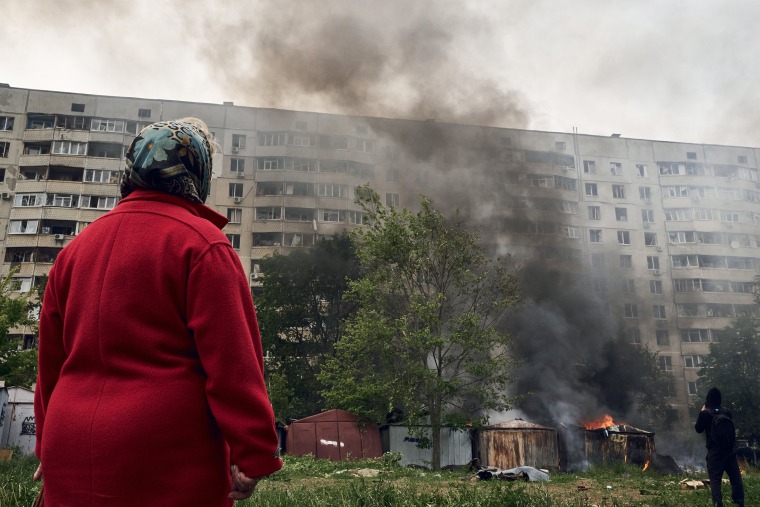
Ukraine has sent reinforcements to defend the area along its northern border, from which thousands of residents have been evacuated since the assault began last Friday.
But late Tuesday, it said that some troops had to withdraw.
“Due to the impact of fire and assault actions of the enemy, in order to save the lives of our servicemen and avoid losses, the units carried out a maneuver and moved to more advantageous positions,” Ukraine’s armed forces said on Facebook.
Zelenskyy has previously said that Russia was planning a large offensive this summer. Moscow faltered badly during the war’s opening phases, Western military analysts agree, but has since reversed that trend and strengthened its position.
The Russian forces attacking Ukraine have swelled to more than 500,000, a significant numerical advantage over their neighbors, according to Jack Watling, a senior research fellow at the Royal United Services Institute, a London-based think tank.
It was unclear whether the new northeastern thrust was Russia’s main effort or an attempt to draw Ukraine’s beleaguered forces away from other flashpoint areas in the south and east.
“Russia’s aim is not to achieve a grand breakthrough, but rather to convince Ukraine that it can keep up an inexorable advance, kilometer by kilometer, along the front,” Watling said in an email.
In Vovchansk, 3 miles from the Russian border, the city’s police chief, Oleksii Kharkivskyy, posted a video in which heavy fighting could be heard nearby. “The situation is extremely difficult,” he said. “The enemy is taking positions on the streets.”
Later, Ukraine’s military said its soldiers had “partially pushed” Russian troops from the town.
More than 7,500 people from nearby border areas of the Kharkiv region had been evacuated, local officials said.
It might not stop there.
Ukrainian officials are also expecting Russia to make a “hard push” further west in the Sumy region, Ukraine’s military intelligence chief Kyrylo Budanov told The New York Times.
While fighting raged in the northeast, back in the capital, Kyiv, Blinken was attempting to reassure his hosts.
“We know this is a challenging time,” he said Tuesday after meeting with Zelenskyy.
While in town, Blinken, a keen guitarist, joined a Ukrainian band on stage to play Neil Young’s rock classic, “Rockin’ in the Free World.”

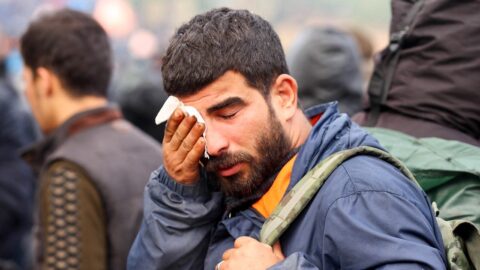
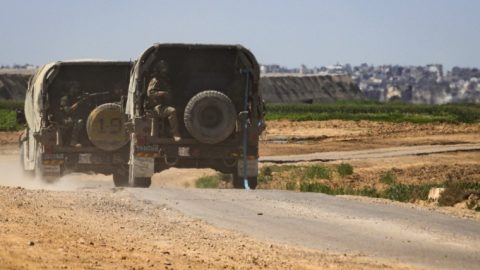
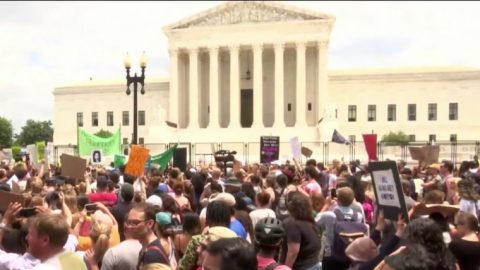
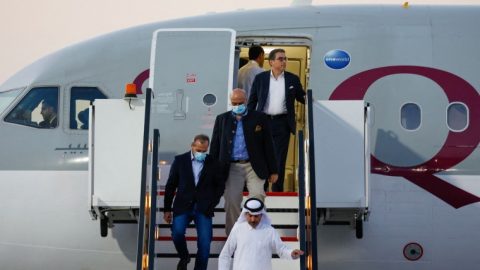
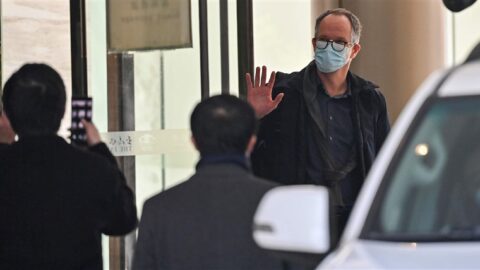
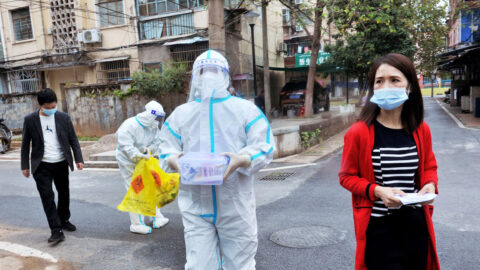
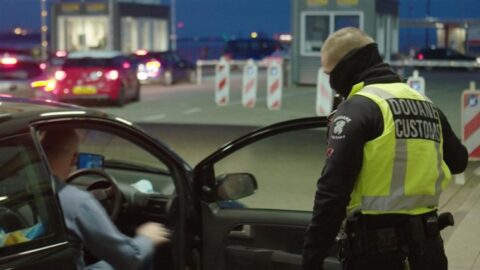
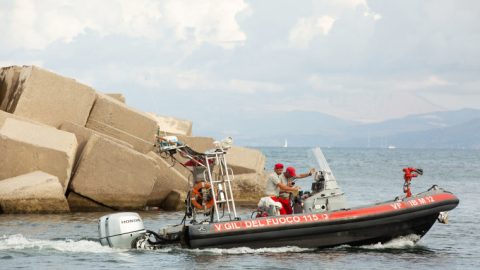
Recent Comments